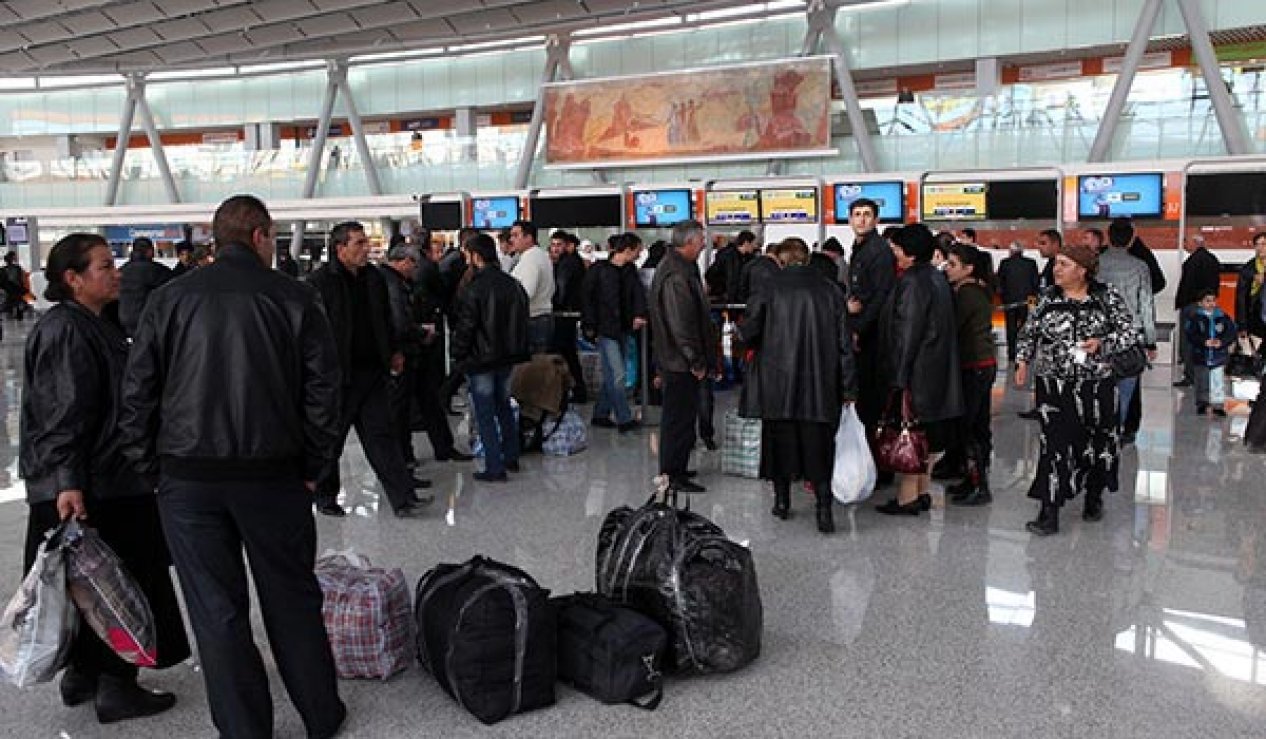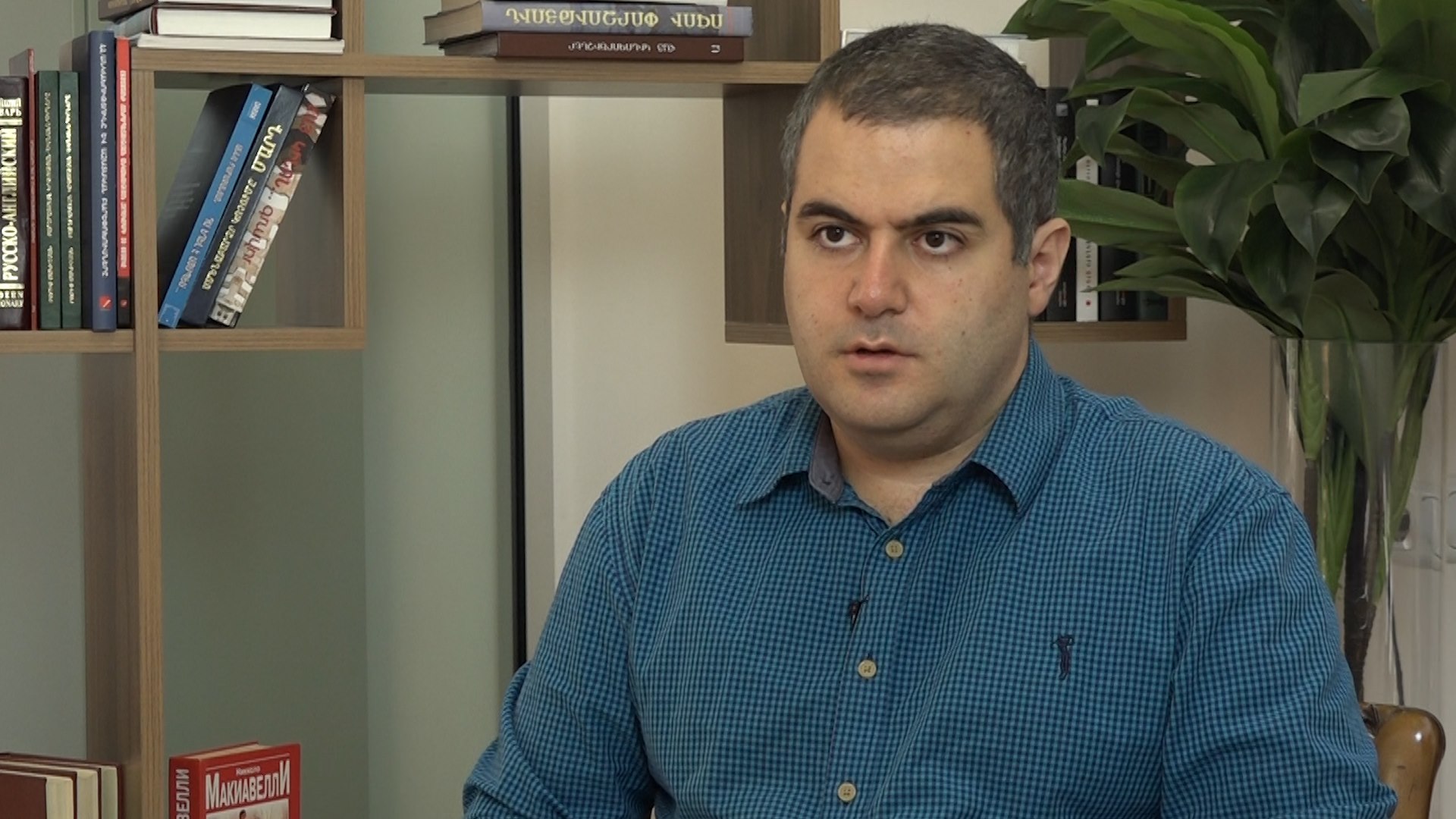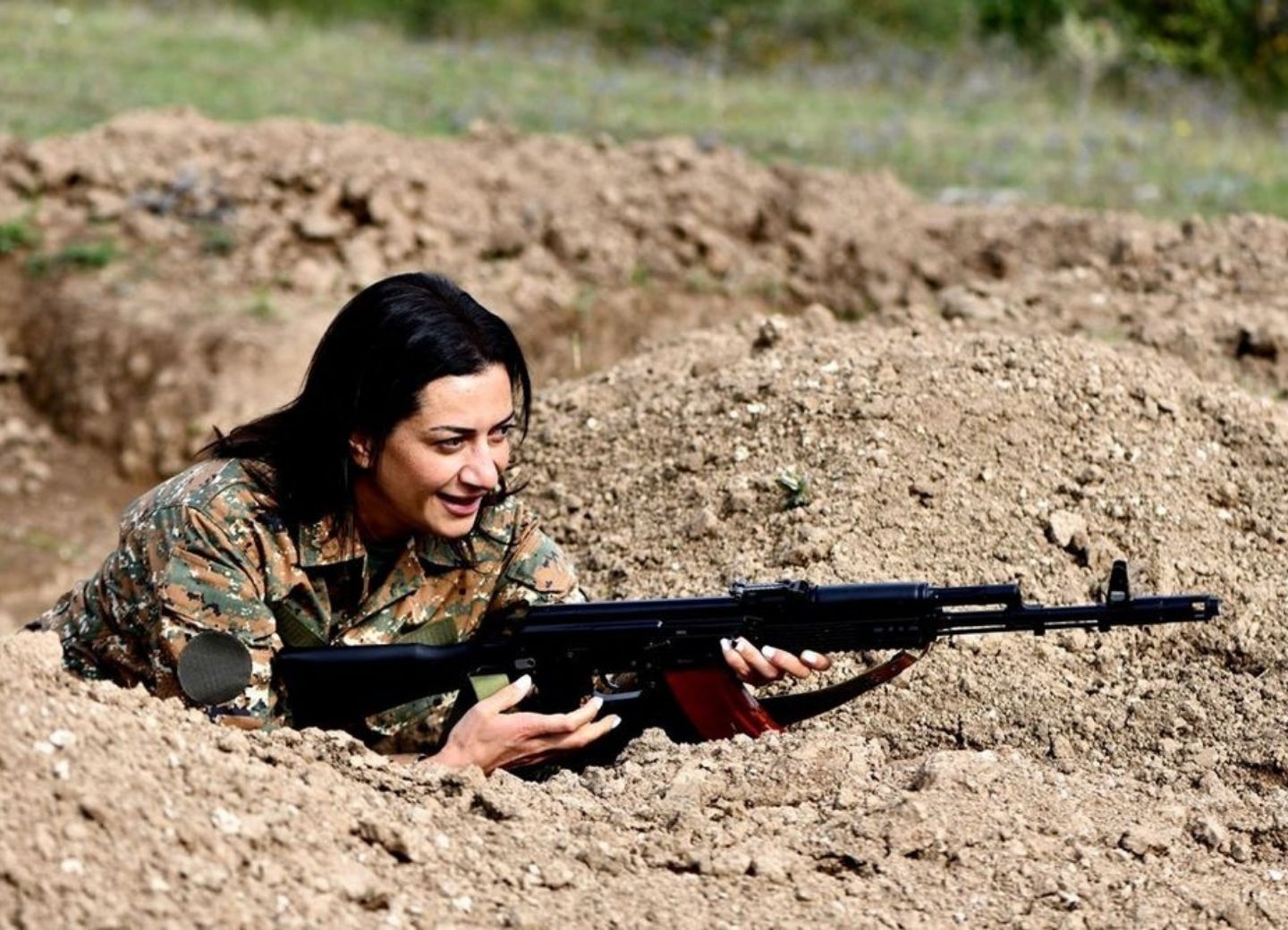
In the first half of 2021, the negative demographic balance in Armenia amounted to 138,000 people, and this is only according to the data covering air transportation. This, according to the analyst, is a rather serious figure, indicating a severe increase in migration. "This is a pretty serious figure for Armenia. Most likely, 80,000 of them will never return to their homeland. It is a too large figure for just six months," said political scientist Hrant Mikaelyan.

Hrant Mikaelyan
According to the political scientist, most of the citizens who left the country went to Russia, since amidst the coronavirus pandemic, it is easiest to get there, especially if we consider that Russia is a more open country for Armenians.
For 29 years after gaining independence (1991-2020), the difference between immigrants to Armenia and emigrants is minus 1.12 million people. In 2020, 90% of those emigrating from Armenia left for Russia. Only half (50.4%) of them returned to Armenia after three or more months.
According to statistics, Armenia's population decreased every year, except for 2012: this year, the population grew by 5,500 people. At the beginning of 1992, the population of Armenia was 3,633,300 people, and in the fourth quarter of this year, 2.967 million people lived in Armenia.

The correspondent of Russia's Komsomolskaya Pravda tabloid Daria Aslamova eyewitnessed the emigration from Armenia and Karabakh.
"I flew to Yerevan in a giant Boeing, designed for 400 people, and there was not a single free seat. Lots of naughty children, young and old people. All Armenians. I am the only Russian. I was even glad. Wow! There is such a difficult situation in Armenia, but people are returning. But it turned out that I was wrong.
'We are all citizens of different countries,' a sweet young Armenian from Germany explained to me. – 'People with French, American, Russian, and German passports fly here. For summer. The Armenians have such a tradition - to send children to their relatives in Armenia for the summer so that they remember where their roots are and do not forget the language. We are all vacationers here. We fly to eat apricots,'" Aslamova writes.
"In the first four months of 2021, 80,000 people left Armenia. They are unlikely to return. Then the summer will end, all the relatives will disperse, and we will stay here. In a country without people," an elderly Armenian man said.

"According to forecasts, by 2025, the mortality rate in Armenia will exceed the birth rate," demographer Artak Markosyan said during the Politics from Within program on Azatutyun TV. He noted that the birth rate in Armenia has been decreasing since 2010.
He noted that this decline is due to a decrease in the number of marriages.
"That is, this is an objective factor because the generation born in the 1990s is entering the age of marriage, and the people of this generation are 40% fewer than those born in the 1980s, not counting the fact that due to emigration, 20-25% of representatives of this generations, according to some sources, are currently not in Armenia," said the demographer.
In ten regions of Armenia, 447 more people died in the first half of this year than were born. Last year the death rate exceeded the birth rate in three regions. But, this year, there are six such regions - Lori, Shirak, Tavush, Syunik, Vayots Dzor, and Gegharkunik. In the latter area, the situation is the most deplorable, although earlier there was an increase there.
Experts warn that Armenia is on the verge of a new mass emigration of the population. As quarantine restrictions are lifted, and air travel resumes, these processes will only intensify.

"In 2021, the last destructive migration from the country will begin. Armenians will emigrate from Armenians," former Armenian Ambassador to the Vatican Mikael Minasyan wrote on Facebook.
"Apart from economic problems, the Karabakh conflict was the most important of the reasons for the growth of the population outflow from Armenia," MP Naira Zohrabyan said earlier in an interview with Vestnik Kavkaza.
"The depopulation of Armenia is an obvious fact. The Nagorno-Karabakh conflict itself also encourages citizens to leave Armenia for other countries. The continuation of the conflict has a tremendous impact on migration," Zohrabyan said.
Considering all these factors, she assessed the plans of the Armenian government to raise the population to 4 million people in 2040 as unrealizable. "Four million people is a very controversial figure for me. I think that this will not happen," Zohrabyan said.
The depopulation initiated the formation of women's divisions in Armenia at the beginning of September 2020. On October 30, the spokesperson of the Armenian Defense Ministry, Artsrun Hovhannisyan, showed for the first time how women were being trained for further deployment to Karabakh. Hovhannisyan posted a photo of such divisions on Facebook.

Pashinyan's wife Anna Hakobyan also expressed her willingness to undergo combat training. Female volunteers joined her in the exercises.
Hundreds of women have already completed basic first aid courses.
On November 6, Anna Hakobyan made a note on her Facebook page, saying: "After ten days of training, our detachment is ready to perform combat missions. We named our detachment after the Queen of Great Armenia - Erato".
According to Azerbaijani political scientist Farhad Mammadov, one of the key problems of Armenia today is the manning of the army. The male population is shrinking, and they have to be present on multiple fronts.
"The creation of the Militia, the military games of Pashinyan's wife - all this shows that the Armenian leadership, on the one hand, wants to raise the morale of the army, and on the other hand, is playing to the internal audience. Although the statistics show that there are depopulation problems in Armenia, and they continue to develop with a pessimistic scenario," added the expert.




















